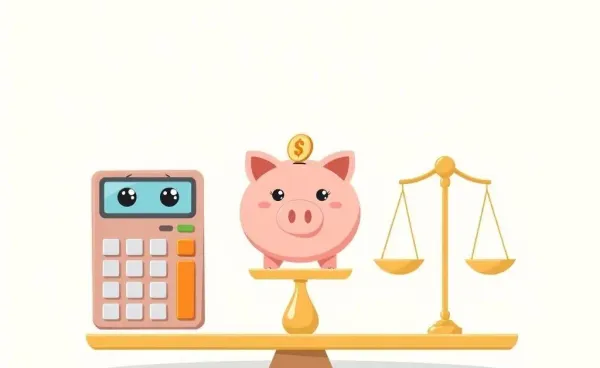Understanding the Transition from Variable Mortgages to Interest-Only Payments
Explore variable mortgages vs. interest-only options with insights on pros, cons, and practical advice for homeowners.

Why Consider Switching Your Mortgage Approach?
Are you contemplating a change from a variable mortgage to an interest-only payment plan? If so, you're in good company. Many homeowners find themselves weighing the pros and cons of their current mortgage strategy, particularly when market conditions make for a bumpy ride.
Variable vs. Interest-Only: What's the Difference?
Let's start with the basics. A variable mortgage typically has an interest rate that fluctuates based on an index—like, your classic roller-coaster ride for anxiety-prone investors. In contrast, an interest-only mortgage allows you to pay just the interest for a set period, resulting in lower monthly payments initially.
Here's a quick rundown of their distinct features:
- Variable Mortgage: Fluctuating interest, potential for both increase and savings, typically fixed by index rates.
- Interest-Only Mortgage: Lower initial payments, principal stays the same during the interest-only period, can lead to higher payments later.
Understanding these differences can pave the way for better decision-making regarding future financial goals.
The Pros and Cons of Interest-Only Payments
Opting for interest-only payments can sound tempting, especially if you're looking to reduce monthly financial burdens temporarily. But let's uncover some hidden aspects of this option:
Pros: Lower initial payments can free up cash that can be invested or used elsewhere. Easy monthly budgeting is another one of those alluring benefits.
Cons: Be mindful that loans aren't shrinking, giving off a misleading sense of affordability. Eventually, principal repayment will kick in, potentially spiking monthly costs.
A Little Story for Context
Take John and Mary, a couple who love traveling and decided interest-only would let them roam freely for a few years without financial worry. Fast forward five years, though—travel snapshots stored, principal repayments due—and they found themselves reconfiguring their budgets in an array of spreadsheets.
So, Should You Switch?
The decision ultimately comes down to personal goals and your comfort level with financial risks. You might want an interest-only loan if you're planning substantial investments with that extra cash now or anticipate higher future income.
Before leapfrogging into a decision, consider these steps:
- Evaluate future plans and potential income increases.
- Calculate long-term costs, considering interest and eventual principal payments.
- Consult with your lender or a financial advisor to discuss personalized strategies.
Remember, switching mortgage styles is more than just a financial choice. It's a lifestyle adjustment, balancing today’s comfort with tomorrow’s obligations.
Final Thoughts
Navigating mortgage options can feel overwhelming, but taking the time to analyze your situation makes it far less daunting. What financial path makes the most sense for your future? How does it align with your current life goals? Share your thoughts in the comments!




